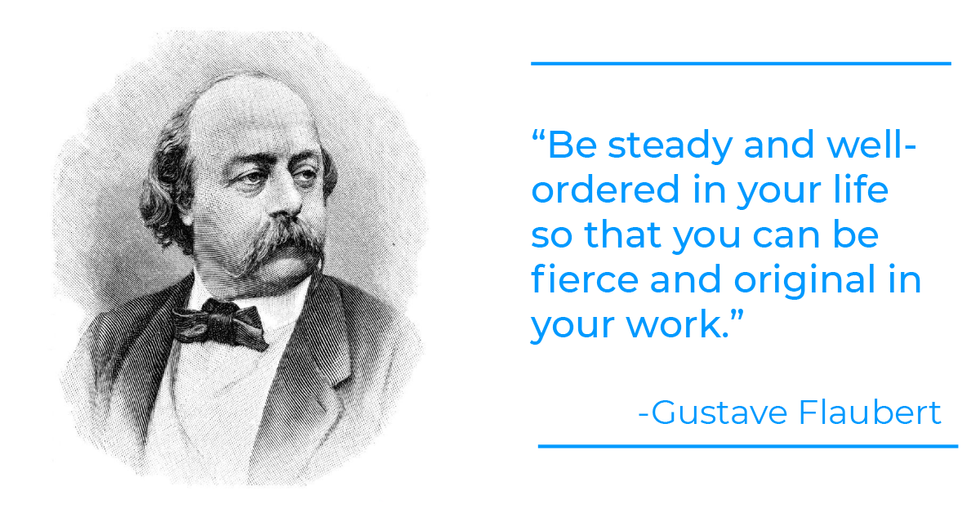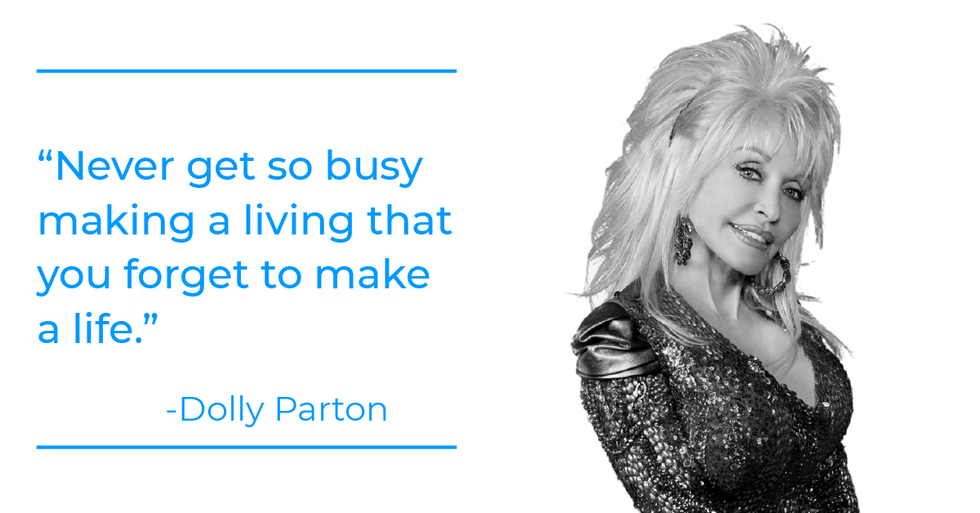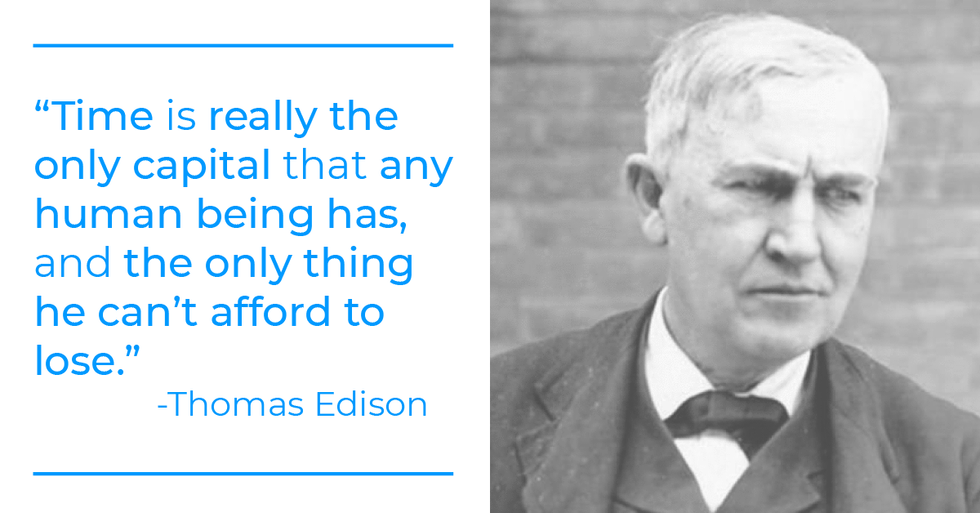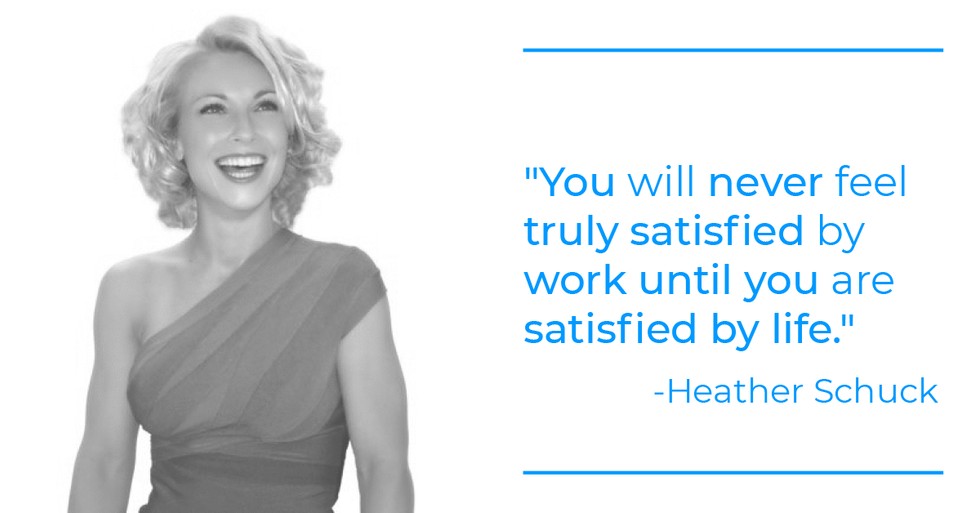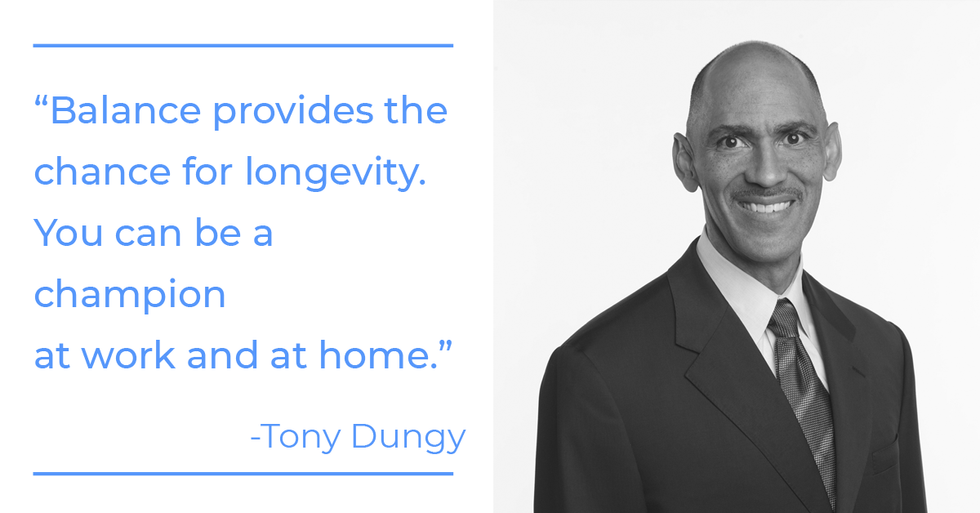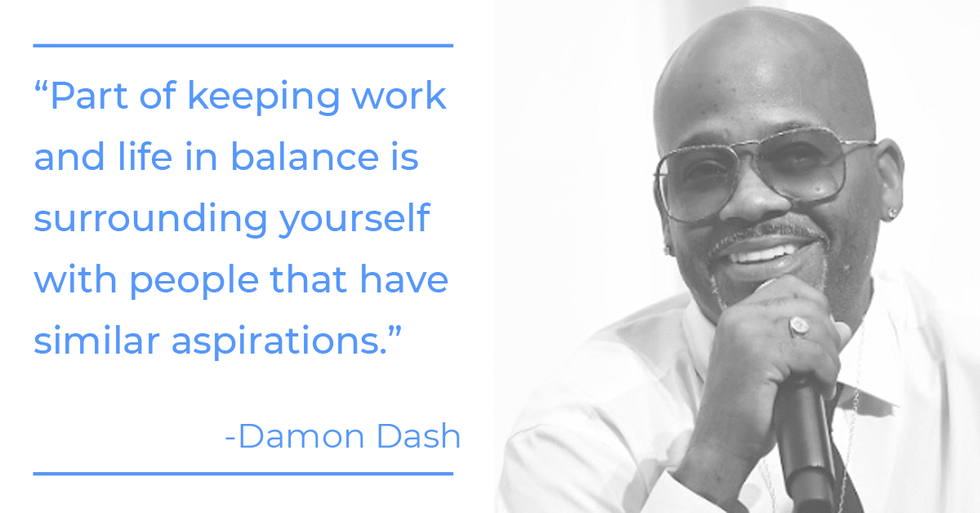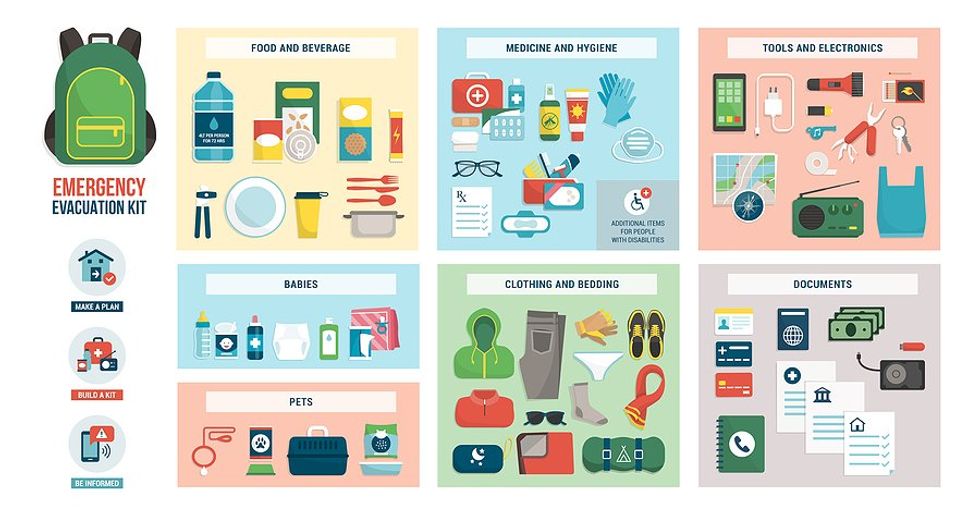
When it comes to business growth, which is more important: driving revenue or optimizing profitability? The truth is that success lies in the balance of both. So how do you find the right balance between driving revenue and optimizing profitability for your business?
In this article, Work It Daily experts from Vistage will discuss the power of balancing revenue and optimizing profit for long-term success as it generates sustainable revenue while controlling costs. Read on to hear these Vistage Chairs explain how this balance allows you to work smarter, not harder, for business growth.
Kirsten Yurich
Weâve all heard the saying, “Revenue is vanity, profit is sanity, and cash is reality.” All three are vitally important. But they are also measures of things. Things in business. And itâs these things in our companies that require the attention of leaders. Things like what has changed in the last 30 days in our market landscape that alters our understanding of the future? Did we do what we said we were going to do in the last quarter? What was the numerical impact of the changes we made?
Numbers like revenue, profit, and cash flow help us evaluate the impact of our actions to either understand the past or, more importantly, shape the future.
Of vital importance for a leadership team is to find a common way to communicate about your numbers. Too often there is a disconnect between finance, operations, and strategic leadership. This disconnect will sub-optimize a companyâs results.
How can you maximize what you are delivering to the market? Not all products and services are created equally. One basic strategy I have used is to simply make a 2×2 matrix that illustrates the relationship between new/existing customers and new/existing services or products. You then engage your team in a discussion about not only how the numbers bear out this decision, but other key factors such as the current contextual features of the customer market, supply issues, labor issues, and your current capacity to execute in any given quadrant.
Ask your team, âDo we want to provide more of the same services to the same customers? What is the advantage of finding new customers for our existing products?â Moving to another section on the diagram, “What have we been sitting on, waiting to unleash to the market? What new services can we offer our existing customers?â
Some of these answers are considered, shopping in your own closet. What opportunities do we have right in front of us? What are the needs of our current customers that if we meet them offer new revenue streams or increased profit margins?
Of vital importance, however, is knowing the costs and margins of every service and product that falls within each quadrant of that 2×2 matrix. If you donât, you could select to double down on your least profitable service.
Kirsten Yurich is a former CEO and current Vistage Chair. As a clinician, professor, author, and executive, she leverages this unique blend and creates learning environments for executives to become better leaders, spouses, and parents.
Mike Thorne

I like defining what working smarter means to me. It requires a delicate balancing act of “driving revenue” (increasing the amount of money generated through sales and customer acquisition to increase top line and market share) and âoptimizing profitabilityâ (efficiency/effectiveness of operationsâcost cutting, streamlining processes, and improving productivity).
Sustainable and working smarter businesses do a great job embedding these three disciplines in their businesses vs. applying them when a crisis hits or issues occur.
Cost Management – negotiating better deals with suppliers, optimizing inventory management, implementing energy-saving initiatives, or leveraging technology to automate tasks and improve operational efficiency.
Pricing Strategies – Analyze and adjust pricing strategies to ensure they are aligned with market conditions and customer value perception. Consider factors such as production costs, competitor pricing, customer demand, and perceived value. Implementing dynamic pricing, bundling products or services, or offering tiered pricing options can help optimize profitability while remaining competitive.
Enhance Customer Relationships – Focus on building and nurturing strong customer relationships to drive repeat business and increase customer lifetime value. Providing excellent customer service, personalizing interactions, and implementing loyalty programs can help retain existing customers and attract new ones. Additionally, understanding customer needs and preferences through market research and feedback can lead to targeted marketing efforts and product/service enhancements, ultimately boosting profitability.
These disciplines need to be embedded in your organization and take time. Once you have concrete processes in place for the core business, it is advantageous to explore what opportunities exist for either new customers, new channels, or new products and services. I refer to these as value-added complexity ideas. What is value-added complexity? These are opportunities to leverage existing capabilities and competencies that will stretch the organization but not âaskâ it to build something new from scratch.
1. Customer Pain or Opportunity Points – What are your greatest ideas or challenges that they are looking for solutions to or to take advantage of their strengths? Are they core competencies that you have seen other customers solve or that you as an organization have dealt with before? They could be revenue drivers for you or simply ways for you to add value to the relationship. See yourself as a solution provider for your clients and watch opportunities come your way.
2. Partnerships/Licensing/Private-Public Partnerships – Staying with your expertise and studying your clients and seeing where you both could grow together. Instead of being a customer/supplier relationship, what would a partnership look like?
3. Retail 101 Techniques – Online and brick-and-mortar retailers alike think about three things all the time (driving our ticket, our traffic, and our conversion of that traffic). Look at your entire value chain and ask where could you drive more interest. Do your suppliers have customers you could do business with?
I am confident by reimagining your relationships and value equation you will prosper, build sustainability by diversifying, and, ultimately, working smarter will lead to improved profitability and stickiness with customers.
Mike Thorne is a former CEO and current Vistage Chair. He leads and facilitates a group of trusted advisor entrepreneurs and a CEO peer group in New Hampshire and Maine.
Nora Taylor

Driving revenue and optimizing profitability are both important aspects of working smarter for sustainable growth in business. For long-term sustainable growth, they should be worked in tandem. There is no right answer; it is a tricky balancing act, maybe more art than science. However, your highest probability of success is when you begin with defined goals and plans that the team understands.
Companies must focus on driving new opportunities and revenue growth if they want sustained growthâas long as costs are steady; it is difficult to sustain growth if costs are out of control. In my career, I admittedly would focus on profitability in the business development cycle upfront. I would ask the business development or sales team at the time considering an opportunity, âWhy?”
- Why this opportunity?
- Is it aligned with our goals and strategic plan?
- What value does it bring?
- How is it helping us meet our objectives?
Unless there was a compelling business case for going outside the typical profitability parameters established for the business, I tended to err on the conservative side, however, my background is in a more regulated environment.
If there was a solid business case to drive revenue by taking a risk, then I believe you should be bold and take manageable risks. You will need to understand what your manageable risks are.
Remember, working smarter for business growth requires a balanced approach between revenue generation and profitability optimization. Continuously assess and adjust your strategies based on market dynamics, customer feedback, and financial insights to ensure sustainable growth for your business.
Nora Taylor helps CEOs and executives achieve success. As a Vistage Chair, she leads confidential peer advisory groups where the members work together to develop informed decision-making, improved judgment, and confident leadership.
Mark Fackler
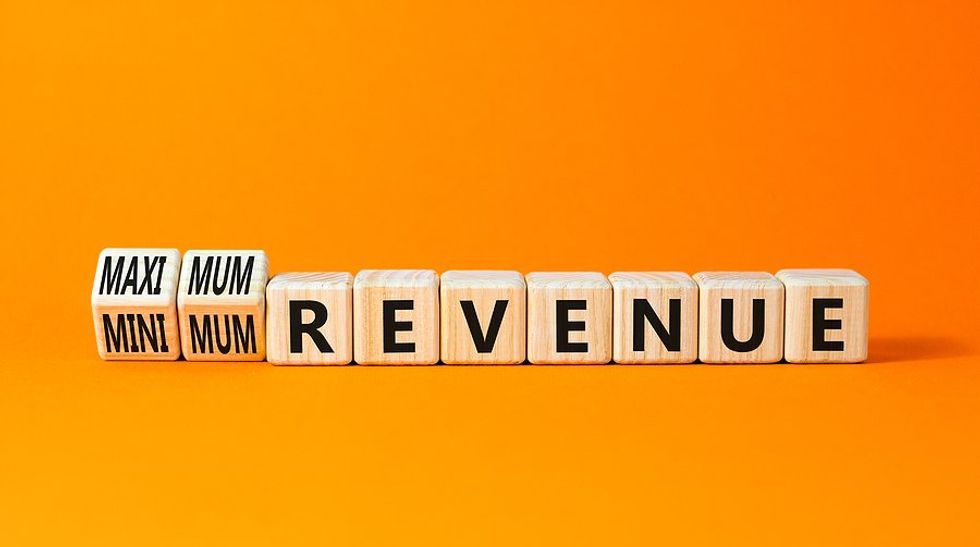
I have a bias. Though there is a balance between driving revenue and optimizing profit, the priority between the two is straightforward: driving revenue far outweighs optimizing profit. Public companies aside, I see this as a stepped approach: drive revenue first and foremost, and optimize profit only after the revenue machine is well tuned.
But first, we must acknowledge that cash is everything. Cash is life. No cash. No company. Focusing on growing revenue is fine if you produce enough cash flow. Focusing on optimizing profit is fine if you produce enough cash flow.
Back to the question at hand, under most circumstances, I believe growing revenue should be the higher priority. Plow as much as you can into sales, marketing, and infrastructure to grow revenue. Let cash flow be your throttle. Growth takes investments. Just like a tree that needs water, nutrients, and sun, companies need sales, marketing, and infrastructure.
Though I stated that optimizing profit comes after the revenue machine is well tuned, that does not mean that money should be wasted in this effort. Be prudent in your employee compensation. Be prudent in your vendor negotiations. Be prudent in your marketing campaigns. Make your investment decisions based on if the investment supports revenue growth either directly or indirectly. Remember, back-office investments in things like accounting, IT, and HR are absolutely necessary to support revenue growth.
Because of my bias, I must conclude with this. Optimizing profit is important work as long as it does not jeopardize future revenue growth. Never stop growing.
Mark Fackler is a retired CEO and currently leads the Vistage CEO group that he was a member of from 1991 to 2002. He is passionate about creating great ROI for his member CEOs.
What’s your experience trying to balance driving revenue and optimizing profitability? Join the conversation inside Work It Daily’s Executive Program.



